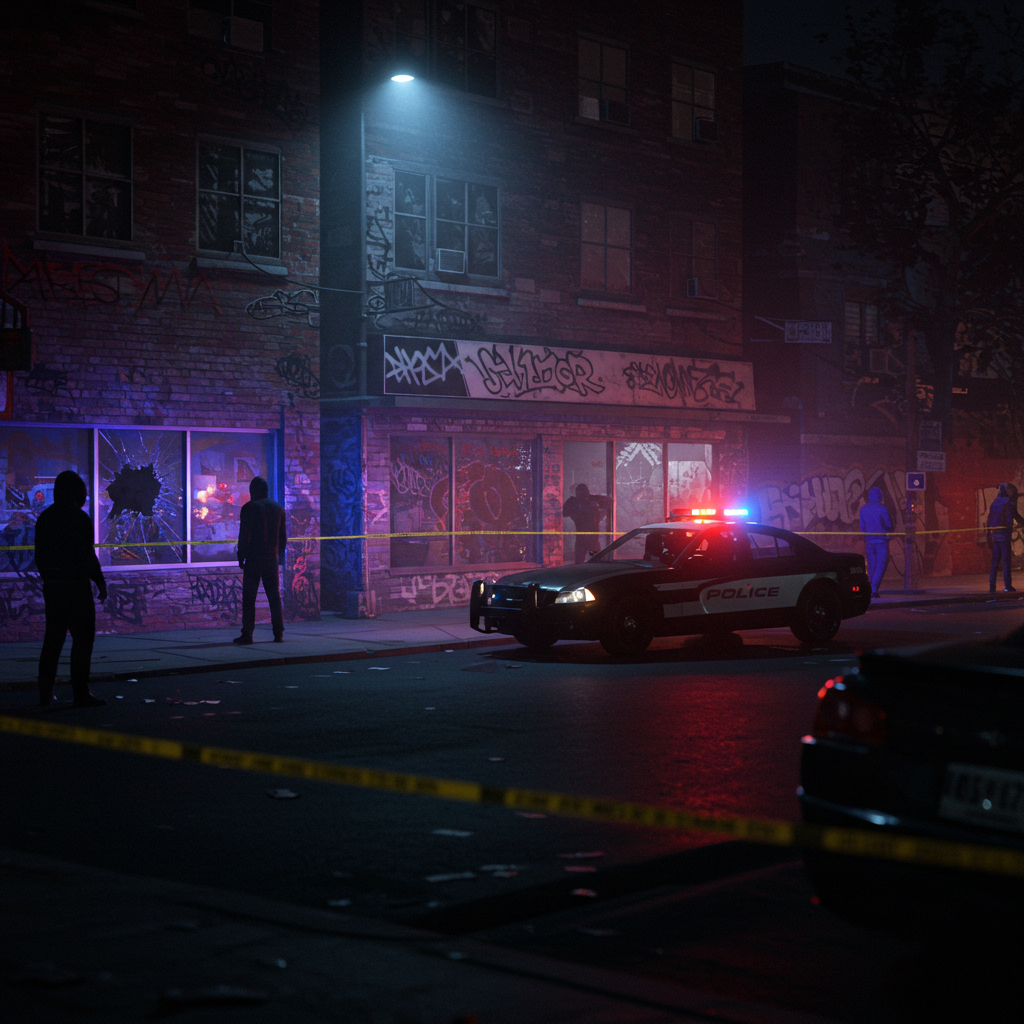Explore the rise of Urban crime, its underlying causes, and the far-reaching consequences. Discover potential solutions to combat this pressing issue.
Crime has long been a pressing issue in urban areas, with recent trends showing an increase in certain types of criminal activity across major cities in the United States. The rise in urban crime has sparked debates among policymakers, law enforcement officials, and community leaders on how best to address the problem. Understanding the root causes, consequences, and potential solutions is essential to creating safer cities for residents and businesses alike.
The Growing Crime Trend in Urban Centers
Over the past few years, cities like New York, Chicago, and Los Angeles have seen a rise in violent crimes, property crimes, and drug-related offenses. Some of the most concerning trends include:
- Increased Gun Violence: Many cities have reported a spike in homicides and shootings, often linked to gang activity and illegal firearm possession.
- Retail and Property Crimes: Businesses have been experiencing more break-ins, shoplifting, and organized retail theft, causing economic strain.
- Carjackings and Auto Thefts: Reports of stolen vehicles have surged, with some cities recording record numbers.
- Drug-Related Crimes: The ongoing opioid crisis has contributed to drug-related offenses, particularly in areas with high rates of addiction.
Root Causes of Rising Crime Rates
Several factors contribute to the rise in urban crime, including:
1. Economic Hardships
Financial struggles, job losses, and inflation have made it harder for many individuals to support themselves legally. As a result, some turn to theft, fraud, or illegal activities to make ends meet.
2. Social and Community Disruptions
Urban communities with high poverty rates and limited access to resources often experience higher crime rates. A lack of educational opportunities, youth engagement programs, and employment prospects can push individuals toward criminal behavior.

3. Weakening of Law Enforcement Policies
Debates over criminal justice reform have led to changes in policing strategies, including reductions in certain arrests and an increased focus on diversion programs. While some reforms are aimed at reducing incarceration rates, critics argue that they have emboldened criminals.
4. Gangs and Organized Crime
Street gangs and organized criminal networks play a significant role in urban crime, particularly in relation to drug trafficking, extortion, and gun violence.
5. Mental Health and Substance Abuse
Untreated mental health issues and substance abuse disorders often contribute to crime, particularly violent and drug-related offenses.
The Consequences of Rising Crime
The impact of urban crime extends beyond individual victims, affecting the overall well-being of communities and economies:
- Fear and Reduced Quality of Life: High crime rates make residents feel unsafe, leading to less community engagement and social cohesion.
- Economic Decline: Increased crime drives businesses away, reducing job opportunities and harming local economies.
- Strained Law Enforcement and Public Resources: Police departments, courts, and social services face increased burdens when crime rates rise.
- Impact on Real Estate and Investment: High-crime areas often experience declining property values and reduced interest from investors.
Potential Solutions to Address Urban Crime
Addressing the rise in urban crime requires a multi-faceted approach that balances law enforcement efforts with community engagement and social services. Some potential solutions include:
1. Stronger Policing Strategies
Cities may need to reassess their law enforcement tactics, increasing police presence in high-crime areas while ensuring community trust through accountability and transparency.

2. Community-Based Crime Prevention
Investing in youth mentorship programs, job training initiatives, and after-school activities can help prevent crime at its root.
3. Criminal Justice Reforms
Balancing justice reforms with effective deterrents is crucial. Alternative sentencing for low-level offenders, combined with stricter penalties for violent crimes, can create a more balanced system.
4. Mental Health and Addiction Support
Expanding mental health services and addiction treatment programs can reduce drug-related crimes and improve long-term rehabilitation outcomes.
5. Economic Investment in At-Risk Communities
Providing better job opportunities, affordable housing, and social support can reduce the motivation for criminal behavior.

Conclusion
The rise in urban crime presents a complex challenge that requires cooperation between law enforcement, policymakers, and communities. While there is no single solution, a combination of stronger policing, social interventions, and economic investment can help create safer cities. Addressing the root causes while ensuring accountability for offenders is key to reversing the trend and fostering long-term stability in urban centers.

